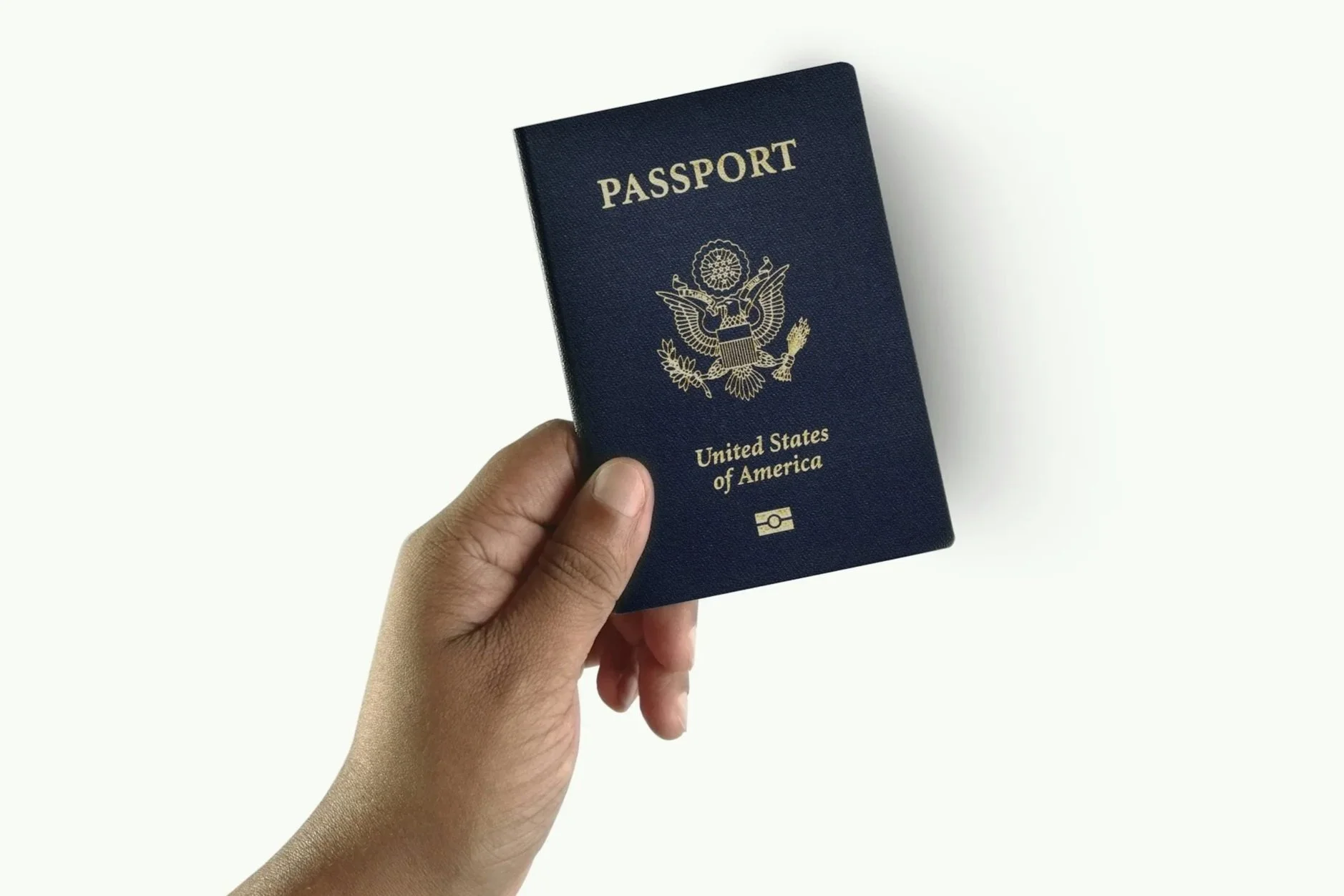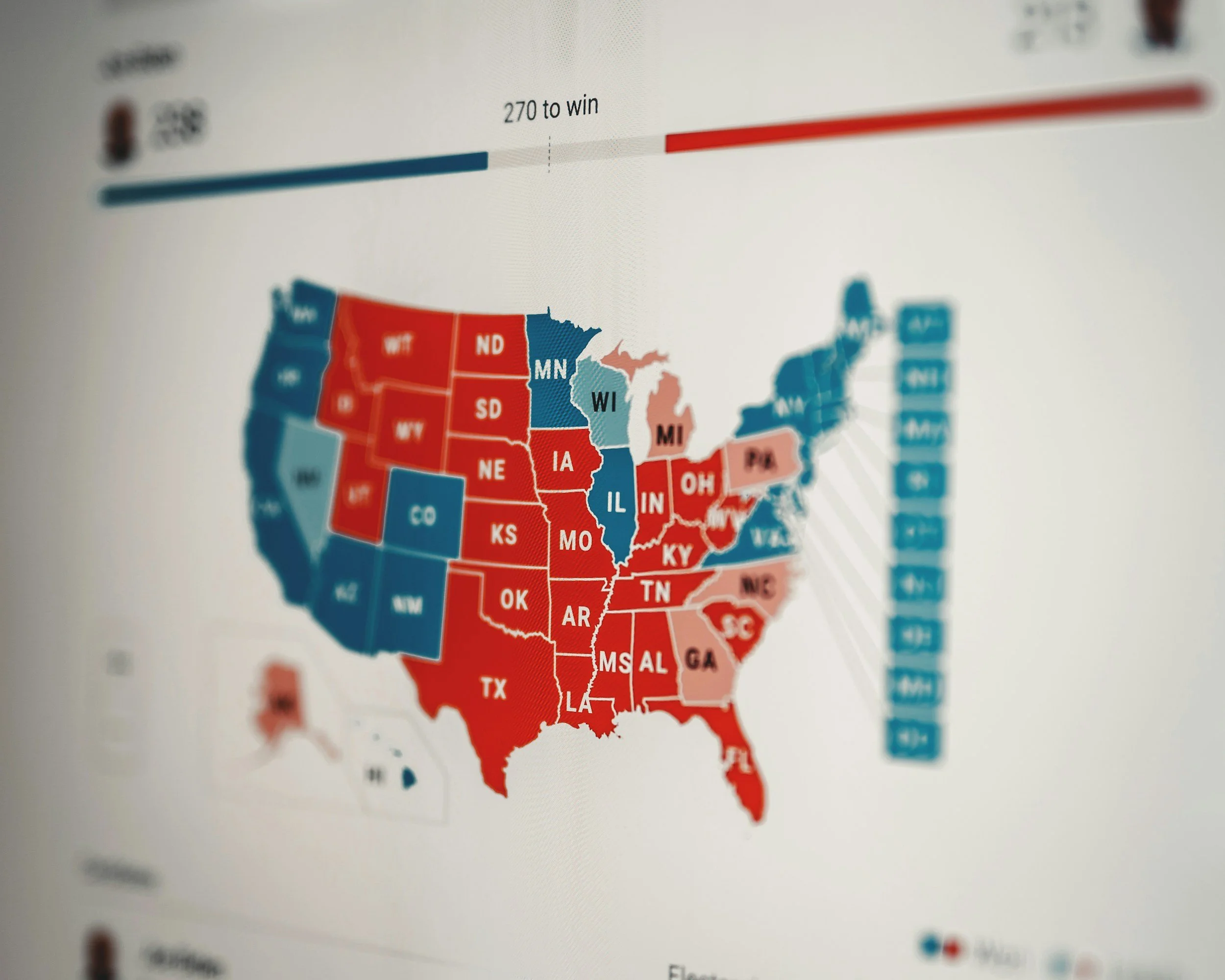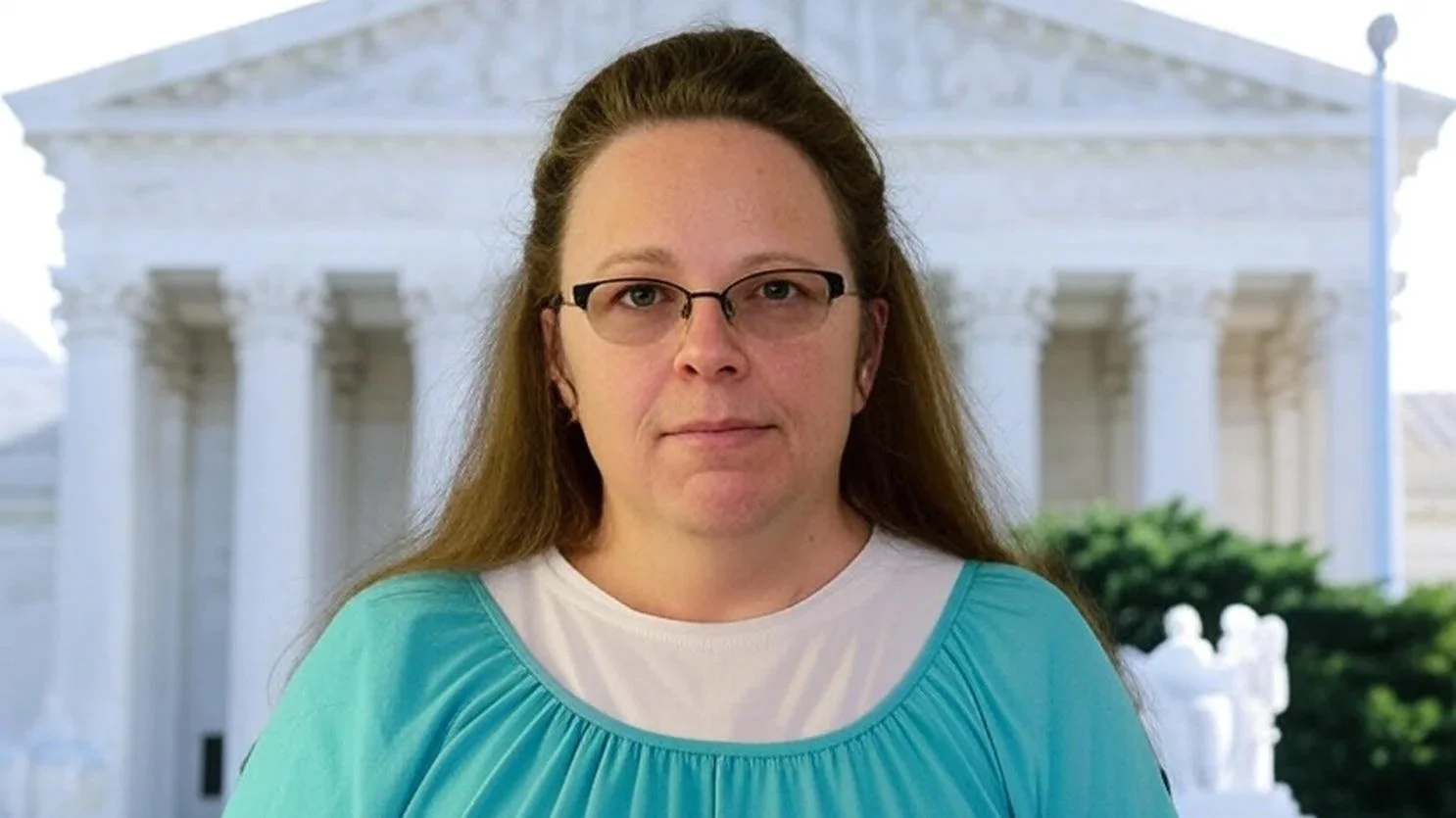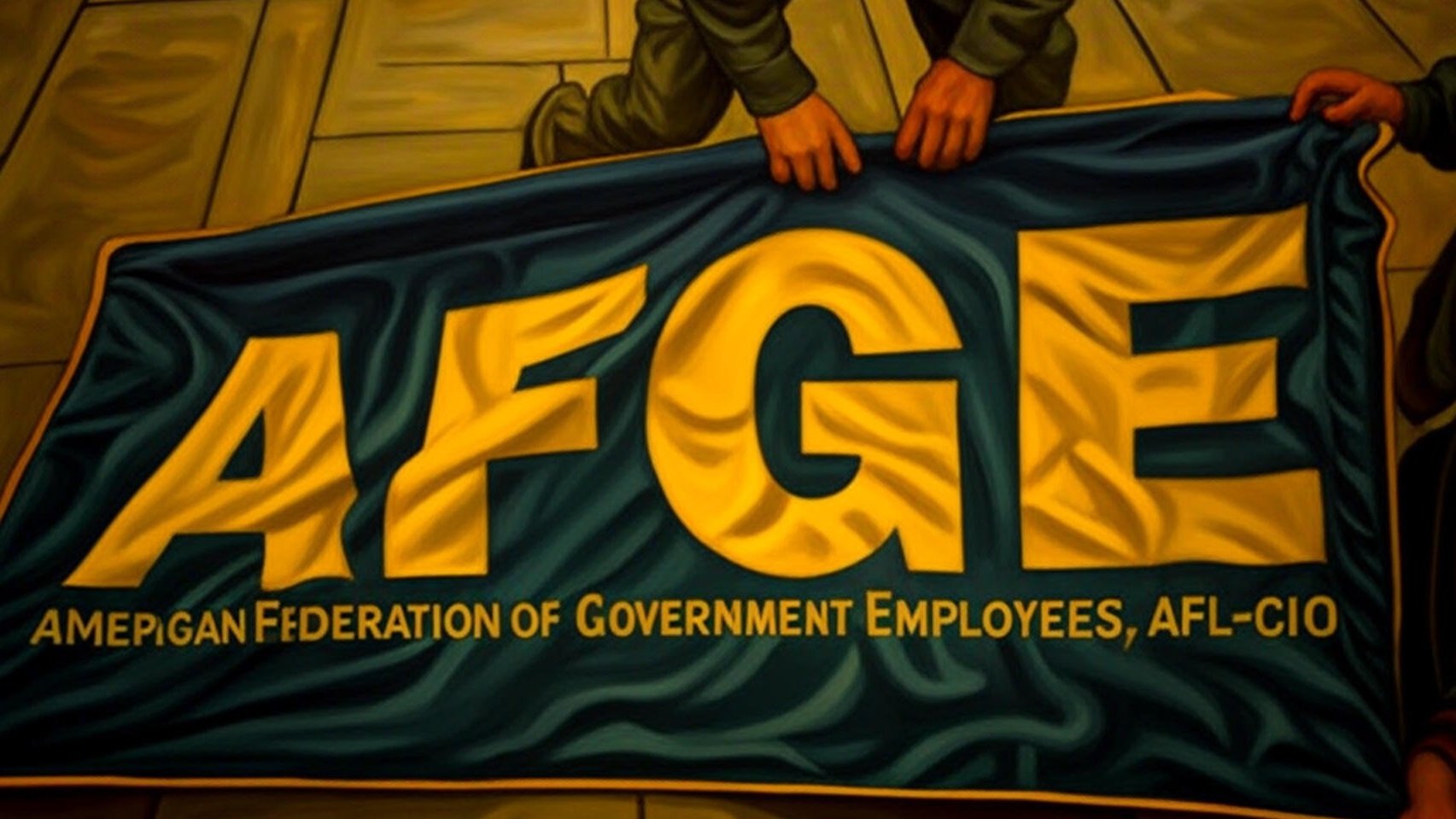SCOTUS Stays Injunction Keeping Nearly 1,400 Department of Education Employees Reinstated
On July 14, 2025, the Supreme Court granted the Trump administration’s request to temporarily pause an order by U.S. District Judge Myong Joun, clearing the way for the Department of Education to proceed with its planned reduction in force (RIF) of nearly 1,400 employees. This decision, issued in an unsigned ruling, marks a significant development in a legal battle that began earlier this year, raising critical questions about the administration’s authority to reshape federal agencies and the balance of power between the executive and legislative branches.
Background of the Case
The controversy originated on March 11, 2025, when the Department of Education, led by Secretary Linda McMahon, announced a RIF affecting 1,378 employees—approximately half of its workforce. This action was part of a broader initiative by President Donald Trump to dismantle the Department of Education, as outlined in an executive order issued on March 20, 2025. The executive order directed McMahon to “take all necessary steps to facilitate the closure” of the Department and announced the transfer of key programs, including those for students with special needs to the Department of Health and Human Services and the federal student loan portfolio to the Small Business Administration.
A coalition of 19 states led by New York, the District of Columbia, two public school districts, and teachers’ unions challenged the RIF in federal court, arguing that it violated the Constitution and federal laws governing administrative agencies. They contended that the administration lacked the authority to dismantle the Department without congressional approval and that the RIF would render the Department unable to fulfill its statutory obligations, such as administering federal student aid and enforcing civil rights protections.
On May 22, 2025, U.S. District Judge Myong Joun, a Biden-appointed judge for the U.S. District Court for Massachusetts, issued a preliminary injunction in the case New York v. McMahon. The order barred the Trump administration from implementing the RIF, required the reinstatement of any terminated employees, and prohibited the transfer of programs to other agencies. Joun ruled that the “massive” RIF had made it “effectively impossible” for the Department to carry out its duties under federal law, particularly impacting the Office for Civil Rights (OCR), which was left “incapable of addressing the vast majority” of complaint.
Supreme Court’s Decision
The Trump administration appealed Joun’s order to the Supreme Court, arguing that the President has the authority to manage the executive branch’s workforce and that the judge’s order was an overreach. U.S. Solicitor General D. John Sauer contended that Joun’s order was “flawed” and rested on an “indefensible premise” that the President needs congressional authorization to oversee personnel decisions within the executive branch. Sauer further argued that challenges to RIFs should be handled by the Merit Systems Protection Board, not federal courts, and that Joun’s order imposed significant financial and administrative burdens on the government.
On July 14, 2025, the Supreme Court issued a brief unsigned ruling granting the administration’s request to pause Joun’s order, allowing the Department of Education to proceed with the layoffs of almost 1,400 employees while the legal challenge continues. The decision does not address the underlying legality of the RIF or the administration’s broader plans to dismantle the Department, leaving those questions for lower courts to resolve.
Justice Sonia Sotomayor dissented, joined by Justices Elena Kagan and Ketanji Brown Jackson, in a 19-page opinion that called the court’s action “indefensible.” Sotomayor argued that the ruling grants the Executive Branch the power to repeal statutes by firing essential personnel, thereby threatening the separation of powers. She warned that the decision could unleash significant harm, including delays in educational opportunities and the inability of students to access federal resources for civil rights protections, such as addressing discrimination and sexual assault complaints. Sotomayor emphasized that, until this year, “Presidents have recognized they lack the unilateral authority to eradicate a Department that Congress has tasked with fulfilling statutory duties.”
Stakeholder Reactions
The Supreme Court’s decision has elicited varied responses from stakeholders:
Department of Education: Secretary Linda McMahon welcomed the ruling, stating that it confirms the President’s authority to make decisions about staffing levels and operations within federal agencies. In a press release, McMahon described the decision as a “significant win for students and families,” emphasizing that the RIF reflects the Department’s commitment to efficiency, accountability, and directing resources to students, parents, and teachers. She criticized the need for the Supreme Court to intervene, calling it a “shame” that the highest court had to step in to allow the administration to carry out its plan.
Plaintiffs: The plaintiffs, including the states, school districts, and unions, have expressed concern about the decision’s impact. They argue that allowing the RIF to proceed could cause irreparable harm, as it would be difficult to undo the damage if they ultimately prevail in the case. They have vowed to continue their legal fight, emphasizing that the administration’s actions exceed its authority and undermine the Department’s ability to serve students and educators.
Labor Unions: The American Federation of Government Employees (AFGE) criticized the decision, vowing to continue fighting on behalf of federal workers whose jobs are at risk. The union highlighted the potential harm to federal workers and the services they provide, particularly in education.
Educators and Advocacy Groups: Educators and advocacy groups have raised alarms about the potential consequences of the RIF. Reduced staffing levels could delay investigations into civil rights violations, slow down federal student aid processes, and disrupt support for special education programs. The impact on the OCR has been particularly noted, with concerns that staff reductions have left it unable to conduct in-person school visits or complete investigations promptly and fairly.
Broader Implications
The Supreme Court’s decision is part of a broader pattern of legal challenges to the Trump administration’s efforts to reshape the federal government. Similar disputes have arisen over proposed RIFs at other agencies, such as the State Department, where a federal judge also blocked mass layoffs. The administration has argued that such actions are within its authority to improve efficiency and reduce bureaucracy, while opponents contend that they require congressional approval and violate federal law.
The decision has sparked debate about the limits of executive power and the role of federal agencies. Critics, including legal experts, warn that the ruling could set a precedent allowing the President to unilaterally dismantle agencies created by Congress, potentially undermining the separation of powers. The case also highlights tensions over federal education policy, particularly regarding civil rights enforcement and support for public schools.
The New York v. McMahon case is one of several legal battles over the Trump administration’s efforts to reorganize the federal government. For example, a federal judge in San Francisco issued a preliminary injunction blocking RIFs at the State Department, and the administration has faced challenges to its broader workforce reduction plans. The Supreme Court’s decision on July 14, 2025, does not resolve the underlying legality of the RIF or the administration’s plans to dismantle the Department of Education, leaving those questions for lower courts to address.
The ruling comes amid other significant Supreme Court decisions supporting the Trump administration, including opinions making it more difficult to challenge executive orders and backing deportation policies. These decisions reflect a broader trend of judicial support for executive authority, though the dissent in this case highlights ongoing concerns about the balance of power.
The Supreme Court’s decision here allows the Trump administration to move forward with its plan to reduce the Department of Education’s workforce by almost 1,400 employees, pending further legal proceedings. While the administration views the ruling as a victory for efficiency and accountability, critics warn of significant harm to students, educators, and civil rights enforcement. The case underscores ongoing tensions over executive authority, the role of federal agencies, and the future of education policy in the United States. As the legal battle continues, the outcome of New York v. McMahon will likely have far-reaching implications for the balance of power between the branches of government and the delivery of federal education services.


















In 2022, the Montgomery County Public School Board in Maryland introduced 13 "LGBTQ+-inclusive" storybooks into its elementary curriculum, with 5 aimed at grades K-5. These books addressed themes of sexuality and gender identity. Initially, parents could opt their children out, but in March 2023, the Board eliminated this option, citing disruptions and stigma. Parents from diverse religious backgrounds, including Muslims, Catholics, and Ukrainian Orthodox, challenged the policy, arguing it violated their religious freedom by compelling exposure to ideas contrary to their beliefs. Lower courts denied their request for an injunction, leading to a Supreme Court appeal.